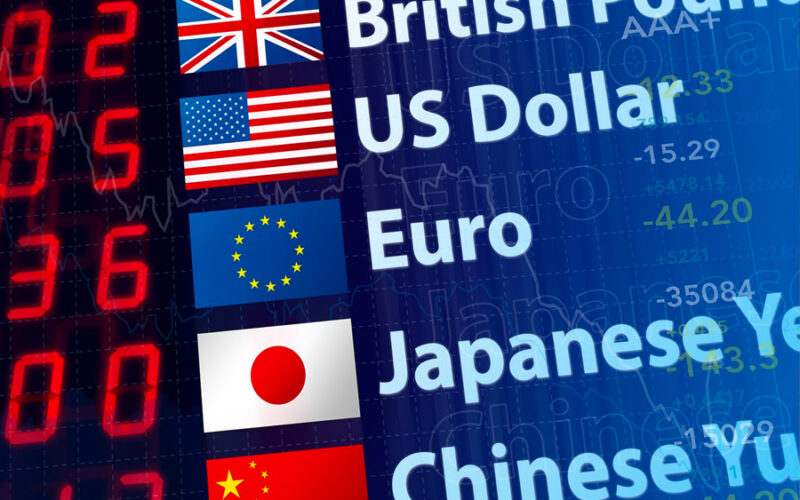The Pound is one of the best-traded currencies globally, meaning it has a vast range of pairings with other currencies. More than half of traders worldwide use the GBP as their base currency when selling and buying foreign stocks or derivatives. Here are some of the best match-ups to make a profit from:
The Eurozone crisis
The Eurozone Crisis has caused a lot of volatility in European stock exchanges, but if you’re looking for an alternative to trading against the Pound, then the euro is tough luck – at least for now – because there’s very little sign that it’s going to fall any time soon. One idea might be to go long on another single currency such as Denmark or Norway, where both have been relatively stable during the crisis. Denmark is a rising force in Europe, and its economy is expected to grow by 2.6 percent this year, while Norway continues to benefit from its oil reserves. The Norwegian Krone has been consistently gaining against the Pound, so it could be an exciting currency pairing to consider if you want to take advantage of your base currency’s weakness. A further alternative would be going long on another primary single currency such as the US Dollar or Swiss Franc. Both have been relatively robust during the crisis and will continue to attract investors looking for a haven. Both currencies have shown decent signs of growth recently, especially against the Pound Sterling.
It makes them good potential pairs for traders looking for a high-growth strategy with a relatively low-risk profile. Trading by investors and traders alike tend to be aware of the major currency pairs; GBP/USD (Sterling versus US dollars), EUR/GBP (Euros versus Pound Sterling), and USD/JPY (US dollars versus Japanese yen). You can trade many more currency pairs on the Forex market.
Get a solid understanding on forex trading
The best way for anyone new to forex trading is to get a complete understanding of what each currency does and how their values fluctuate with each other. By having a solid knowledge base for all major currencies, you’ll have a more accessible time to learn which work together well and which ones do not. The GBP is the 3rd most traded currency and is one of the most stable and strong currencies. The Euro, US dollar, Japanese yen are all stronger currencies compared to the GBP but let’s explore how these other major pairs work with the GBP.
Major currency pairs
The EUR/GBP pairing works well when looking for a reversal in market trends; usually, after an extended decline, it signals correction upwards. You will often notice that this pairing follows or trails behind movements in either EUR/USD or USD/JPY. This trend has continued consistently throughout many weeks, even months. If you’re trading high volume markets, then it only makes sense to trade when the market is trending, and the best way to do this is to buy when a trend is beginning to reverse. The USD/JPY pairing works well with GBP because it usually indicates a continuation in price movement or fallout from an extended decline. You will often find that the USD/JPY pairing tracks higher if the GBP/USD increases significantly or falls dramatically. This pairing also often follows movements in EUR/USD pairings as well.
The EUR/USD pair has no historical correlation with the GBP/USD pairing. It means if one increases or decreases significantly, there’s little chance of it affecting the other currency. The USD/CHF pairing works well with GBP because it usually indicates a continuation in price movement or fallout from an extended decline. The CAD/GBP pairing works well with GBP because it usually indicates a continuation in price movement or fallout from an extended decline. The AUD/GBP pairing works well when looking for a reversal in market trends after an extended decline – it generally signals the start of several weeks worth of gains for the GBP/AUD pairing. This pairing also follows movements in EUR/USD pairings as well, so keep your eye out for them too.
For more info, link to Saxo capital markets.

